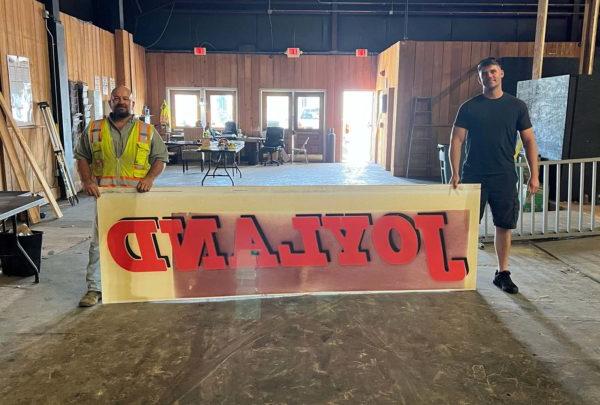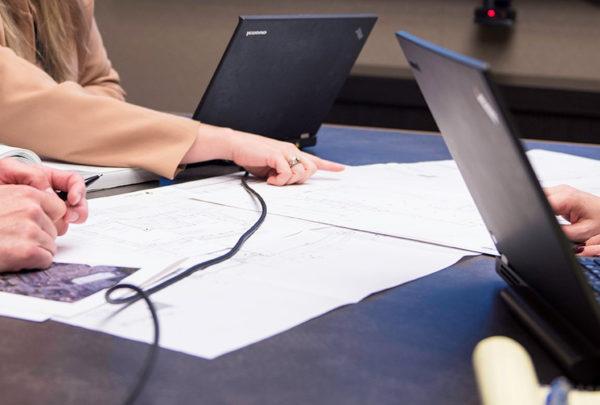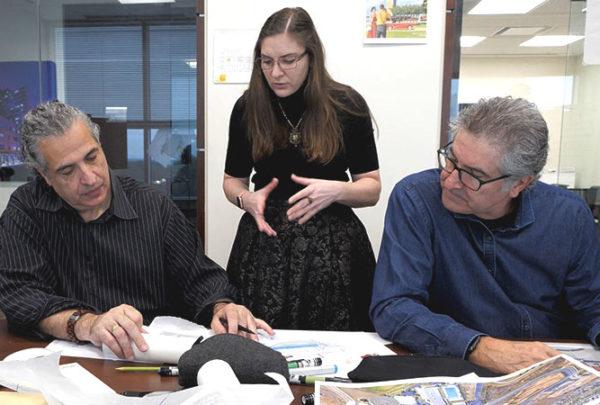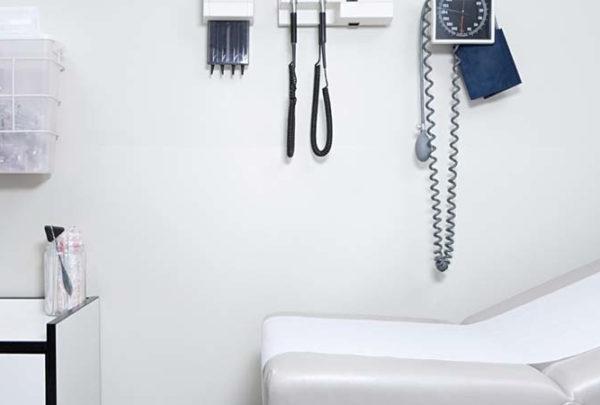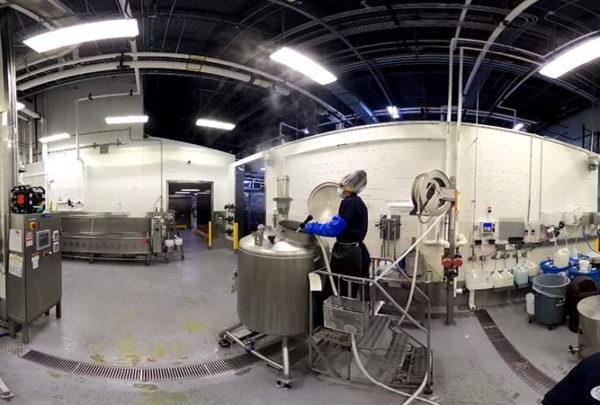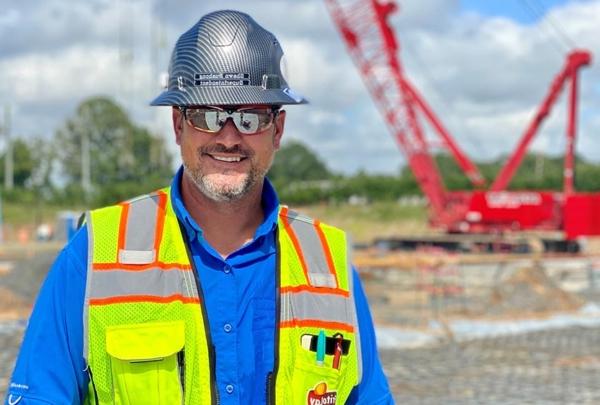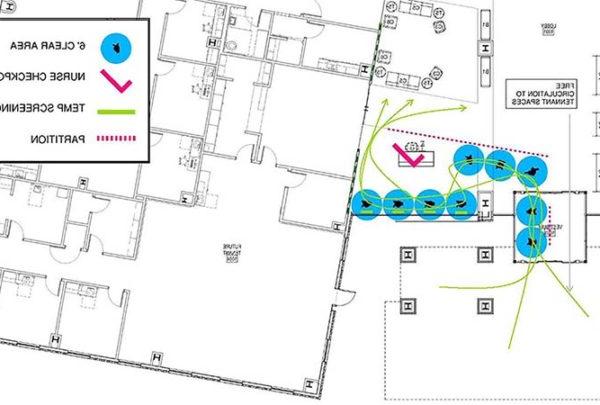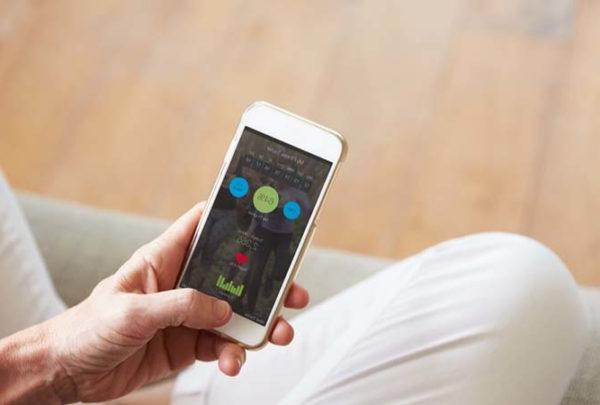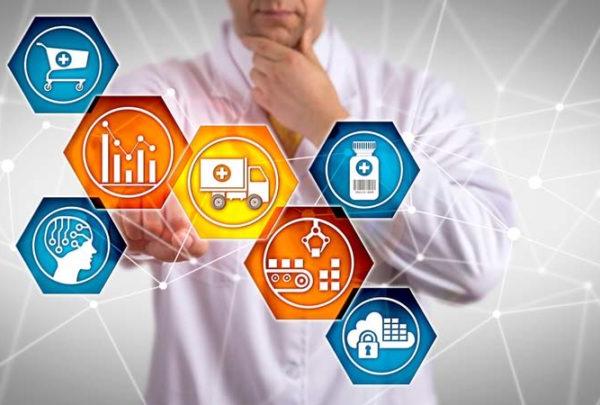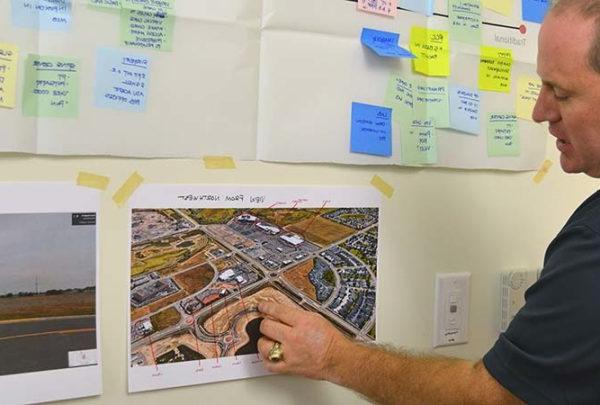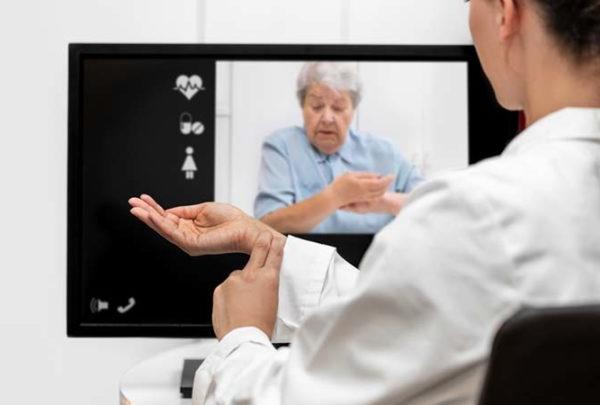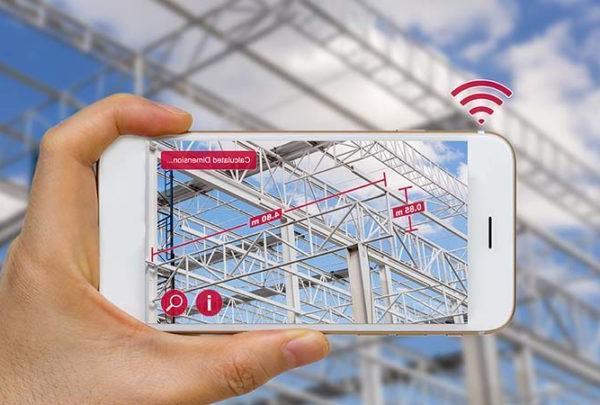Wearable health technologies are not a new concept. From simple step counters to watches and apps that monitor our activity levels, sleep, calories, and metrics like heart rate and blood pressure, people can easily track their health and wellness. Despite the usefulness of wearable tech, overall usage is far from universal. According to a recent survey by Gallup,[i] only one in five American adults currently use a fitness tracker, with the same number saying they track their health stats via an app.
Trackers and apps are tremendously useful in managing healthcare: For example, a physician can access a patient’s data to see how well they are managing their HbA1c levels. However, the opportunity to track their health metrics can be daunting for the patient. The Gallup survey reported that two-thirds of adults have never used a health tracker, and non-users tend to be older than users. These older populations could benefit the most from wearables by tracking progress and their chronic health conditions, but they may be less comfortable using them.
How can we help these patients become more comfortable with wearable technology and therefore improve their health outcomes? As healthcare facilities are integrating more services for their patients – pharmacies, cafes, financial services – offering them the opportunity to purchase products to track their efforts and educating them on the use of these items can help get them up to speed without their having to make a stop at a different store.
Some of our clients are already implementing these services: some have integrated a full-scale retail store space in their facilities, while others have a single counter with service personnel to help patients in the buying process.
But training is just as important as being able to buy a device; integrating space to educate patients or answer their questions will help them become more comfortable with their devices. One thing to keep in mind is that more tech-savvy consumers are more comfortable with sharing their data through apps and devices; new users may be warier about collecting data – especially health data – and how it will be used. Ensuring that the tech trainers are clarifying the purpose and intended use of the data can help ease their anxiety and increase their compliance. Providing patients with ongoing tech support is also critical.
Wearable health trackers and apps provide useful data to help patients get healthier, improve their outcomes, and control their chronic conditions. Providing them with an on-campus site where they can easily find the device that’s right for their needs while getting training will improve their compliance as they integrate this technology in their lives.
[i] McCarthy Justin. “One in Five U.S. Adults Use Health Apps, Wearable Trackers.” http://news.gallup.com/poll/269096/one-five-adults-health-apps-wearable-trackers.aspx












